The Canterbury Crusaders were a motorcycle speedway team who operated from the Kingsmead Stadium, Kingsmead Road, Canterbury from 1968 to 1987. For all of their 20-year existence, the Crusaders operated at the second level of British league speedway, in British League Division Two and the National League.
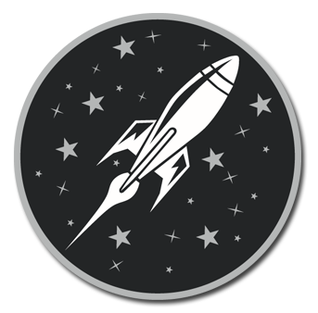
The Rye House Rockets were a speedway team based at Rye House Stadium, Hoddesdon, England. They competed in various British speedway leagues from 1954 to 2018.
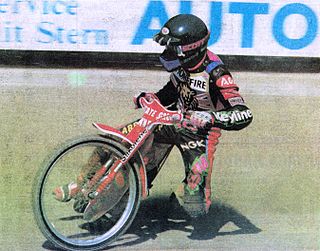
Mark Roysten Gregory Loram is a British former motorcycle speedway rider, who won the World Speedway Championship in 2000 and won the British Championship in 1997, 1999, and 2001. He earned 36 international caps for the England national speedway team and 10 caps for the Great Britain team.
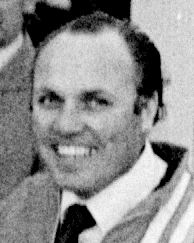
Leonard George Silver was an English motorcycle speedway rider and promoter. He has also served as the Team Manager for the England and Great Britain national speedway team during two separate spells in 1976 and 1981.
The Sittingbourne Crusaders formerly the Iwade Kent Crusaders were a British speedway team based in Iwade, Kent. England who raced in the Conference League.
The Romford Bombers formerly the Rochester Bombers were a speedway team which operated from 1969 until their closure in 1971.

Malcolm Simmons was a motorcycle speedway rider from England. He earned 73 international caps for the England national speedway team and five caps for the Great Britain team.

Victor John Harding was a motorcycle speedway rider.
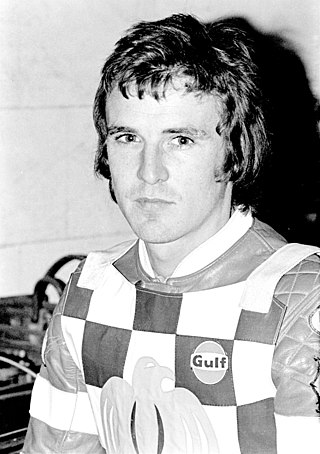
Barry John Thomas is a former motorcycle speedway rider. He spent 20 consecutive seasons at the Hackney Wick Stadium and earned 26 international caps for the England national speedway team.
Bo Petersen is a former motorcycle speedway rider from Denmark. He was the 1980 Danish champion and earned 59 caps for the Denmark national speedway team.
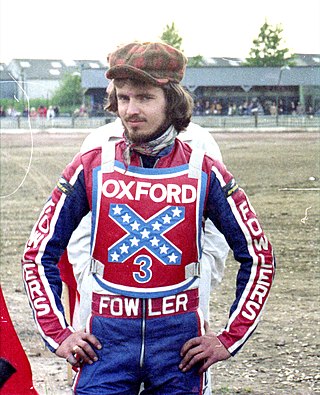
Dag Lövaas is a former international motorcycle speedway rider, who reached the finals of the Speedway World Championship in 1974. He earned 9 caps for the Norway national speedway team.
The 1968 British League Division Two season was the inaugural season of a second tier of motorcycle speedway in Great Britain.
The 1984 British League season was the 50th season of the top tier of motorcycle speedway in the United Kingdom and the 20th known as the British League.

Andrew Simon Galvin was a motorcycle speedway rider, most notable for his performances in the late 1980s and 1990 when he consistently appeared near the top of the UK National League averages.

Laurie Etheridge is a former international motorcycle speedway rider from England. He earned one international cap for the England national speedway team.
Crayford & Bexleyheath Stadium was a greyhound racing and motorcycle speedway stadium in the London Borough of Bexley.
Leslie John Rumsey is a former speedway rider from England.
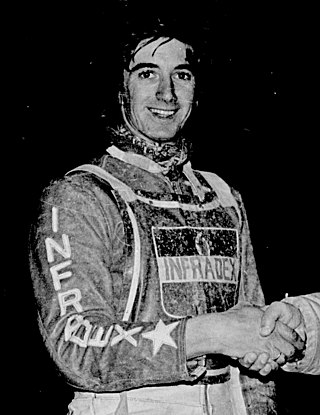
Edward Raymond Hubbard nicknamed "Hurricane Hubbard" was a motorcycle speedway rider in National League (speedway) and British League.
Iwade Speedway is a motorcycle speedway venue approximately four miles north of Sittingbourne in Kent. The track is located off Old Ferry Road, on the site of a former gun site.
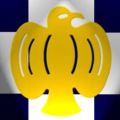
Hackney Speedway opened in 1935 at Hackney Wick Stadium, Waterden Road, London, and operated until 1996. The team raced under various names, known as Hackney Wick Wolves, Hackney Hawks, Hackney Kestrels and London Lions.












